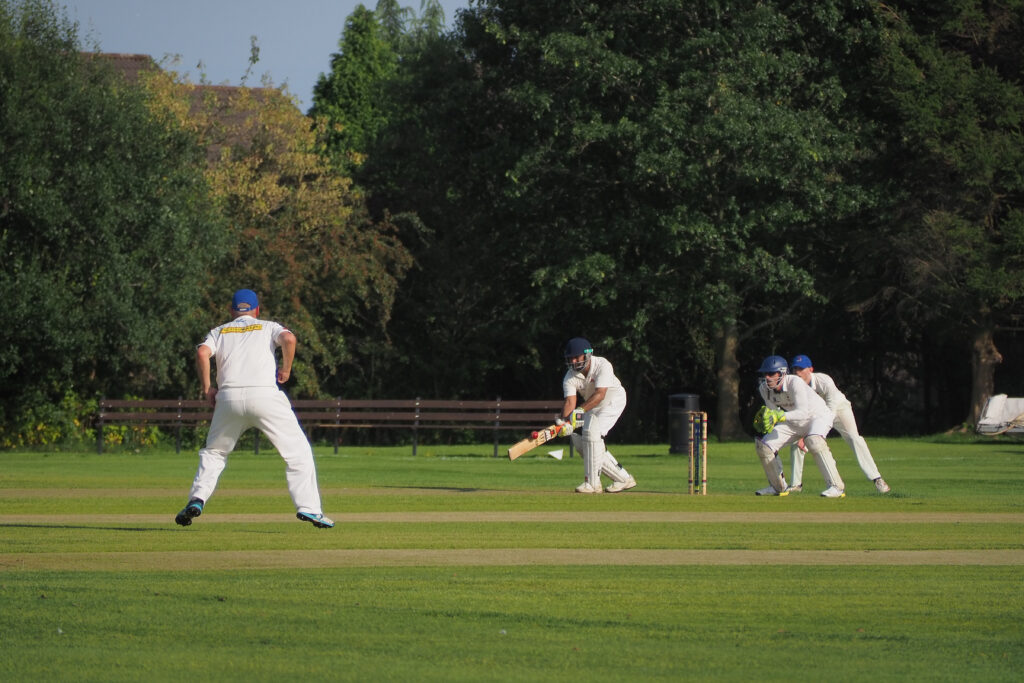April 29 2022
Sports and diabetes: meeting high blood glucose with high performance.
Exercising with insulin-treated diabetes can be challenging. Yet many athletes with diabetes perform at their peak.

Regular exercise is essential for anyone living with diabetes. Alongside eating correctly and administering insulin when needed, exercise is one of the key components to keeping blood glucose under control. But for people with diabetes, exercise does come with its challenges.
Managing diabetes is always a balancing act. Eat too many poor-quality carbs and your blood glucose skyrockets. Give too much insulin to compensate and it drops like a stone. Exercise is yet another variable in the mix. While physical activity is an excellent way to bring down high blood glucose, it can easily lead to hypoglycemia if performed with an excess of insulin in the body. The balance is tricky to get right.
“Wasim Akram had been losing weight and experiencing constant thirst and tiredness. He’d thought the symptoms were caused by training too hard.”
Despite the challenges, a number of professional athletes across a wide range of sports have not allowed diabetes to stop them from pursuing their careers. The same goes for amateur sports people with diabetes. From American football to wrestling – and everything in between – name a sport and there is likely someone with diabetes doing it.
Winning despite diabetes.
One of the most high-profile examples is Pakistani cricketer Wasim Akram, regarded as one of the best fast bowlers of all time. Now retired, the former captain of the national team was diagnosed with type 1 diabetes at the age of 30 during the middle of a cricket tournament.
In typical symptoms of undiagnosed type 1 diabetes, Akram had been losing weight and experiencing constant thirst and tiredness. He’d thought the symptoms were caused by training too hard, but his father had forced him to see a doctor and he was subsequently diagnosed. Akram said he initially became depressed and was even told he would need to give up cricket. But with changes to his diet and the assistance of insulin, he went on to play professional cricket for another five years.
“The cyclists also serve as important ambassadors for the international diabetes community.”
Another notable athlete with type 1 diabetes is American cross-country skier Kris Freeman, who represented his country in no fewer than four Winter Olympic Games between 2002 and 2014. He was diagnosed with type 1 diabetes in 1999 at the age of 19, so blood-glucose control has been part of his regimen even since before his Olympic debut in Salt Lake City. Freeman has carefully documented his experiences of balancing blood glucose, insulin and physical activity, such that he’s become a subject-matter expert whom others turn to for advice.

All diabetes pedal power.
There is even an all diabetes professional cycling team: Team Novo Nordisk. The team’s origins go back to 2005 when cyclist Phil Southerland – diagnosed with type 1 diabetes at just seven months old – decided to raise diabetes awareness by founding an all diabetes cycling team that he called Team Type 1. By 2012 the team ranked in the world’s top 25 and began a partnership with Danish diabetes-care giant, Novo Nordisk.
Today, the team’s 18 cyclists – of 13 different nationalities – race in professional events on both the track and the road. As each athlete has type 1 diabetes, their experience of training, diet and insulin administration provides a valuable body of data for their main sponsor. The cyclists also serve as important ambassadors for the international diabetes community, demonstrating to people around the world that diabetes need not stop you from performing at your peak.
Find the latest articles from Brighter at Latest from us.
